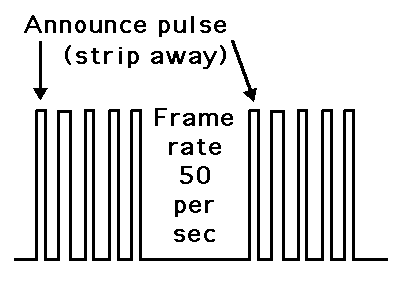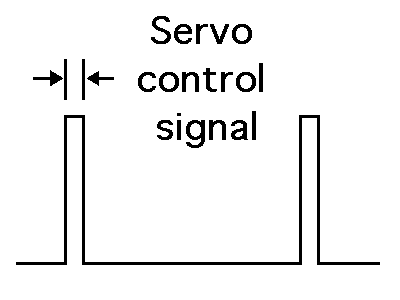mindthomas
Member level 4
Hi everybody.
I got the idea of adding a microcontroller to an inexpensive RC helicopter to make it autonomous (hard task, I know).
I thought about different approaches to do this.
So I thought about going for the RC-circuitry method but I would like to know if any of you had an idea on how to make this circuit.
I have great experience with hardware and software development with low-frequency boards, but I am definitely not an analog or high-frequency guy (yet)
The helicopter uses 40MHz as it's carrier frequency and it has 3 channels. I don't know which protocol it uses, but how can I find out?
I'm looking forward to your answers. Thank you very much for your time in advance.
Best Regards
Thomas Jespersen
I got the idea of adding a microcontroller to an inexpensive RC helicopter to make it autonomous (hard task, I know).
I thought about different approaches to do this.
- Connect the microcontroller directly to the motors by an H-bridge fx
- Connect the microcontroller to some RC-circuitry for remote control
So I thought about going for the RC-circuitry method but I would like to know if any of you had an idea on how to make this circuit.
I have great experience with hardware and software development with low-frequency boards, but I am definitely not an analog or high-frequency guy (yet)
The helicopter uses 40MHz as it's carrier frequency and it has 3 channels. I don't know which protocol it uses, but how can I find out?
I'm looking forward to your answers. Thank you very much for your time in advance.
Best Regards
Thomas Jespersen

